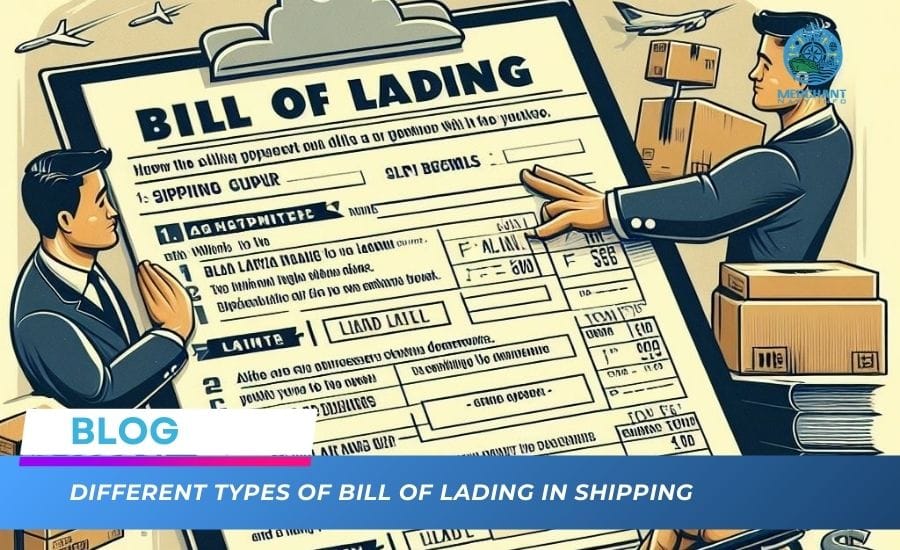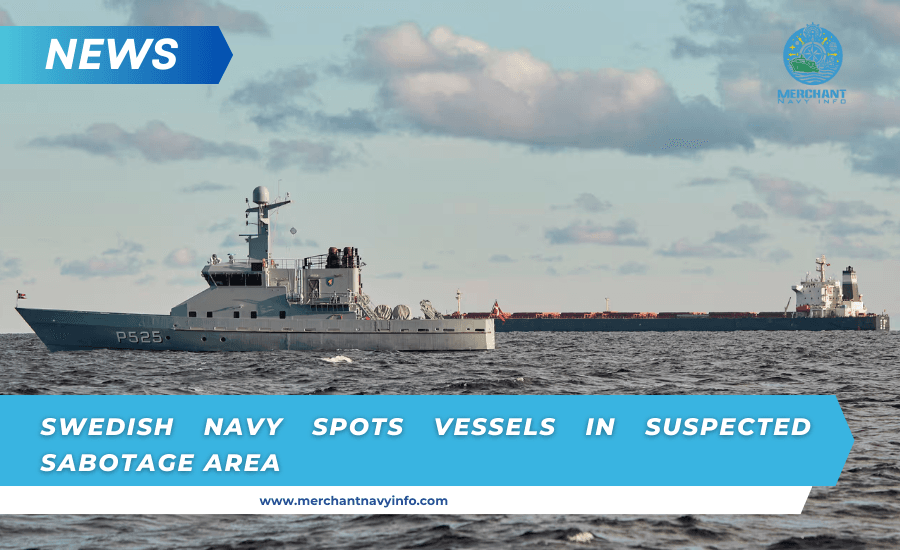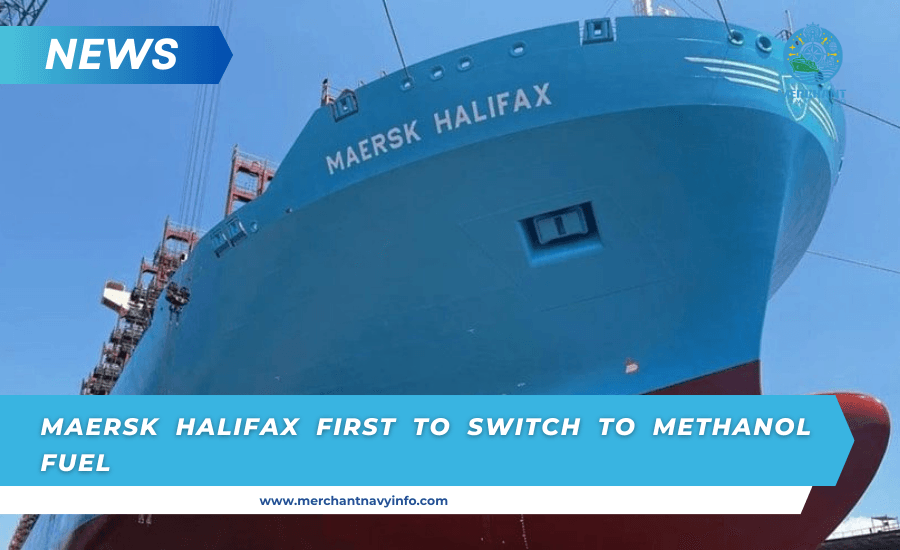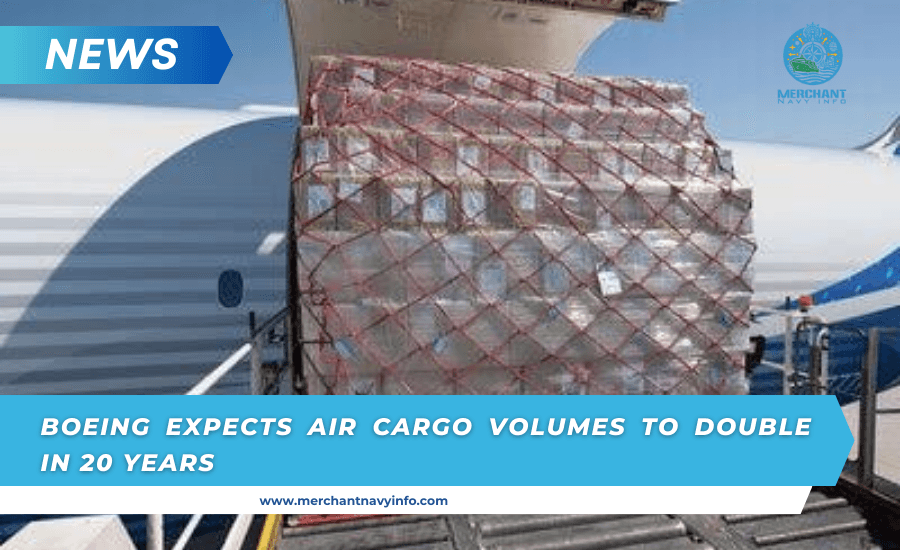
Different Types of Bill of Lading In Shipping
A bill of lading is an important document in the shipping industry, and it is important to understand its meaning and impact on operations better. There are different categories of bills of lading, each used for specific functions in specific situations. If you do not understand how a waybill works, it isn’t easy to ship efficiently or successfully.
A bill of lading is a legal document issued by a carrier to a shipper. It contains the details of the goods being transported. Key details may include the quantity and type of goods being shipped. It also includes the delivery address. Common types of bills of lading include straight bills of lading, ocean bills of lading, customs bills of lading, through bills of lading, master bills of lading, master bills of lading, clean bills of lading, and shipping bills of lading.
How a bill of lading works?
The functions of a bill of lading include:
Evidence: The bill of lading is evidence of the contract of carriage. It provides details about the obligations and limitations of the binding contract, including the destination, type, quantity, and conditions.
Receipt: This is a receipt for the transaction or merchandise that has been uploaded. It is evidence of ownership or liability.
Address: The address of the goods is on the lading bill. The implied contract is that the carrier delivers the goods to the consignee or recipient. The party must be indicated on the bill of lading.
Different types of bills of lading and their roles

All players in the shipping industry will come across one or more of these bills of lading. Choosing the right waybill for the right purpose at the right time is vital. We briefly summarize them below.
Straight bill of lading
Also known as a shipping bill of lading. In this case, the bill of lading is non-negotiable. This type of bill of lading is used if the goods have already been paid for or no payment is required at the time of delivery. The consignee only needs to authenticate the goods before delivering them to the consignee. The shipping and delivery are negotiated in advance and there is no room for amendment. It then becomes a receipt at the time of delivery. There are other subcategories in this category.
Abbreviated bill of lading
This is a straight bill of lading with no terms and conditions printed on the back. Others call it a blank bill of lading. These types of bills of lading are rarely used because customers prefer the security of having everything written on paper. However, courts will incorporate a backfill clause in practice based on the idea that this is an abbreviated form of a full, straight bill of lading.
Blank and certified bill of lading
This is a live bill of lading that has not been approved, and the consignee has not yet been specified. The policyholder can claim possession; therefore, it is tradable.
Onboard Bill of Lading
Sometimes called a shipped bill of lading. This is a note on the bill of lading indicating that the items are in good condition and shipped on a specified vessel. Banks that provide financing for freight may require an onboard bill of lading.
On Deck Bill of Lading
Used as proof of shipment and required by some exporters or manufacturers to get paid.

Ocean Bill of Lading
This is a bill of lading required when goods are crossing international waters. It is a bulk invoice and certification document that acts as a receipt given by the carrier to the shipper. In addition to the standard contents, this bill of lading may specify the packaging used and the value of the goods. Once the goods are collected, the shipper receives a contract, which both the carrier and the shipper must sign. Afterward, the recipient receives the document and signs it.
Inland Bill of Lading
Additional documents are required if the goods are first transported by land before crossing international waters. This is the document required for the material to arrive on shore before it is shipped to another country. In many cases, export vehicles require both ocean and inland bills.
Negotiable Bill of Lading
This type of bill of lading is used when the shipper wants to ensure that certain terms and conditions are met before releasing the goods to the consignee. Hence, it can be used when the consignee’s payment is backed by a letter of credit. If a bank uses a letter of credit as an importer, exporter, or specialist banker, it usually asks for a bill of lading to be issued on its order.
Order Bill of Lading
This is a negotiable bill of lading issued in a person’s name. It can be transferred by delivery and endorsement. The ownership of the goods can be transferred according to the terms of the bill of lading or air waybill. It is the opposite of a straight bill of lading. A bill of lading on demand prevents the delivery of the goods to an unwanted party. It also allows the consignee to transfer the ownership of the goods to a third party after endorsing and delivering the original bill of lading.
The bank issuing the letter of credit must ensure that the goods are insured. Therefore, some of these documents are necessary to ensure that the goods are not delivered to the applicant without the applicant’s knowledge or consent. Therefore, they can make the lading bill negotiable.
The procedure involves issuing a bill of lading at the issuing bank’s and the exporter’s request, as stipulated in the credit transaction. A negotiable bill of lading has two basic functions. First, it prevents delivery to the applicant (company or importer) because the goods can only be delivered to the legal owner of the original negotiable bill of lading.
Second, it allows the bank to endorse and deliver the insurance policy after receiving the letter of credit from the importer.
Multimodal or Straight Bill of Lading
Although different, multimodal and live BoL are very similar. Despite the differences between inland and sea routes and waterways, a straight shipment involves only one mode of transport of goods. However, there must be at least two modes of movement of goods to complete the shipment. This is why a multimodal BoL can replace its real-time counterpart.

An example is a multimodal bill of lading that covers both land and sea. A multimodal BoL is usually issued by a multimodal transport operator (MTO) and printed on a standard International Federation of Freight Forwarders Associations document. In this case, the MTO is responsible for the goods in transit, including loss, damage and shortages. In contrast, a straight bill of lading is issued by the carrier. However, the carrier has a liability contract related to the transport, not the other parts of the journey.
Master Bill of Lading
It can be a domestic bill of lading (HBL) or a master bill of lading (MBL). A shipping company issues an MBL to a carrier or NVOCC operator. In contrast, a carrier or NVOCC operator issues an HBL to a customer. Under MBL terms, the shipper is the NVOCC operator, carrier, or agent; the consignee is the carrier’s office, NVOCC operator, counterparty, or destination agent.
Clean Bill of Lading
It is a contract between the shipper, carrier, and consignee for goods crossing foreign waters. It includes a statement that the goods have not been lost or damaged during transportation. This policy is provided to ascertain any deviations in the quantity and quality of the goods since loading on the vessel after a thorough inspection. Other urns may be included in this category even if they differ from the clean ones. Example:
Dirty Bill of Lading
A bill of lading contains items or defects indicating losses or damages during transportation. It serves as a receipt on arrival to confirm these deviations in case of future claims. It is a common practice for institutions, banks, or finance companies to refuse loan notes containing terms. As a result, it may be difficult for the seller to collect payment for the goods.
10 Reasons Why Merchant Navy is a Great Career Choice
How to Join Merchant Navy: A Step-by-Step Guide
Release Bill of Lading
It is also known as BoL Express. Under its terms, the carrier must deliver the goods to the named consignee without issuing an original bill of lading (OBL). The OBL is non-negotiable, but it is not the title to the goods. It is used when the importer has credit with the supplier and pays for the product before shipment.
Interchange Bill of Lading
This duplicate insurance policy is loaded when the primary insurance policy has been issued. The consignee usually requests this from the shipowner because the consignee does not want to reveal the identity of the new buyer or carrier.
Conclusion
A bill of lading is an important document that helps supply chain members transport goods efficiently. Different bill of lading documents have specific purposes, so it is important to understand how and when to use each method to get the most benefit.









